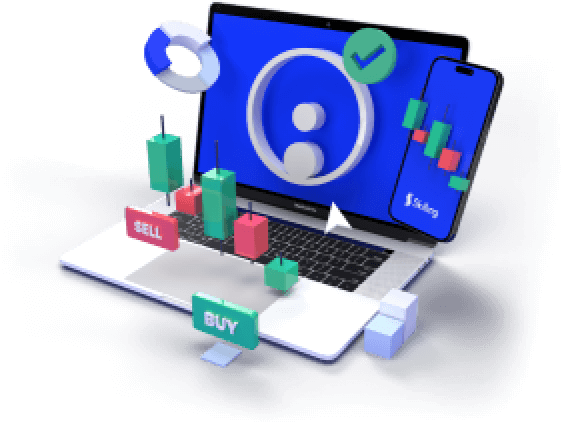

Have you ever wondered how prices for things like groceries are decided? That’s where microeconomics comes in! Microeconomics is a branch of economics that looks at how individuals and businesses make decisions about buying, selling, and pricing goods and services.
What is microeconomics?
Microeconomics is a part of economics that looks at how people and businesses make decisions and how these decisions affect the economy on a smaller scale. It focuses on the details of individual choices rather than the big picture of the whole economy.
How does microeconomics work?
Microeconomics studies things like:
- How consumers decide what to buy: For example, why do you choose to buy a particular brand of cereal over another?
- How businesses decide what to sell: For example, why does a coffee shop decide to offer a new type of drink? This decision could be influenced by trends in cocoa prices and market demand.
- How prices are set: For example, how does the price of gold or nickel price get decided, and why do they change over time?
Microeconomics helps us understand how people and businesses interact in markets. It shows how supply and demand influence prices and how individuals and companies make choices about spending and investing.
Microeconomics vs. Macroeconomics
| Category | Microeconomics | Macroeconomics |
|---|---|---|
| Scope | Individual markets and consumers. | Entire economy. |
| Focus | Supply and demand, price determination, and competition. | National income, unemployment, inflation, and GDP. |
| Key players | Individuals, households, firms. | Government, central banks, entire economic sectors. |
| Theories and models | Consumer theory, production theory, market structures. | Keynesianism, Monetarism, Supply-side economics. |
| Key concepts | Elasticity, utility, marginal cost, opportunity cost. | Fiscal policy, monetary policy, aggregate demand and supply. |
| Policy tools | Market regulations, taxes, subsidies. | Government spending, taxation, interest rates. |
| Analysis level | Individual or small groups within the economy. | Aggregate economy or large sectors. |
| Examples | Price of a specific good, individual labor markets. | National unemployment rate, overall price level. |
| Economic agents | Buyers, sellers, firms. | Governments, international organizations. |

How important is microeconomics to a trader?
Microeconomics is crucial for traders because it helps them understand the factors that drive market movements on a smaller scale. For a trader, knowing how microeconomic principles work could lead to better investment decisions.
Microeconomics studies how individuals and businesses make decisions, which directly impacts stock prices and market trends. For example, if a company reports higher earnings, microeconomics could help traders understand how this could affect the company’s stock price. Traders analyze supply and demand, market competition, and consumer behavior to make informed decisions about buying or selling assets.
Traders use microeconomic concepts to understand how different factors influence the value of stocks, commodities, or Forex. They look at company performance, market demand, and pricing strategies to predict price changes. For instance, if a tech company is launching a new product, microeconomics helps traders evaluate how this news might affect the company's stock price and make decisions accordingly.
By applying microeconomic principles, traders could make more informed choices, manage risks better, and identify opportunities for gains.
Experience Skilling's award-winning platform
Try out any of Skilling’s trading platforms on the device of your choice across web, android or iOS.

Summary
While microeconomics offers valuable insights into how individuals and businesses make decisions and how these decisions affect markets, it’s just one piece of the economic puzzle. Understanding microeconomic principles can help you see how prices are set, how markets function, and how decisions impact supply and demand. However, always remember that investing and economic analysis come with risks, and there’s no guarantee of success based on microeconomic concepts alone.
Source: Investopedia.com
Not a Skilling client yet? Sign up for a free Skilling account now to access a powerful and award-winning CFD trading platform with low fees for global stocks, commodities, Forex, cryptocurrencies and more.
What better way to welcome you than with a bonus?
Start trading with a $30 bonus on your first deposit.
Terms and Conditions apply












